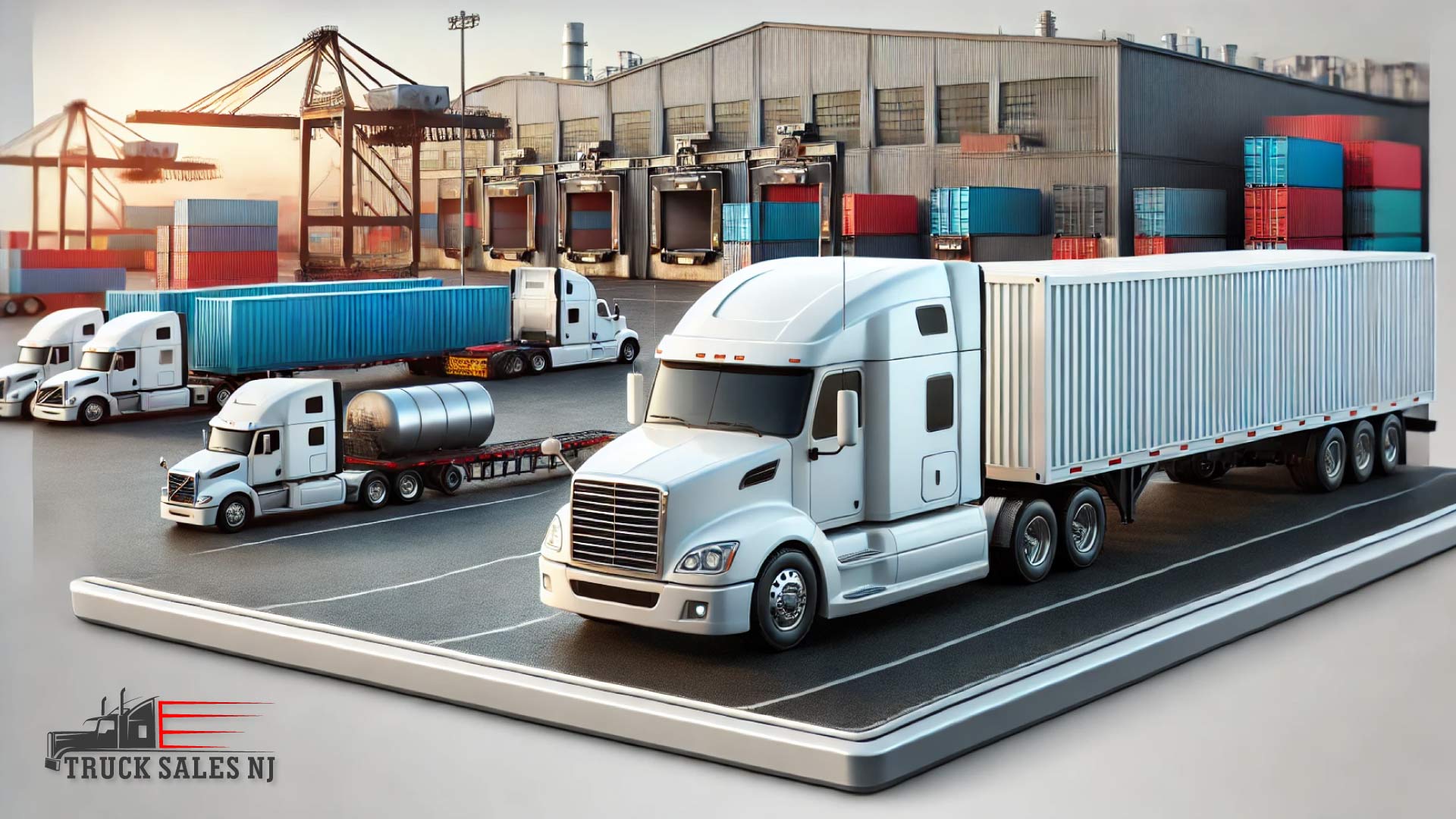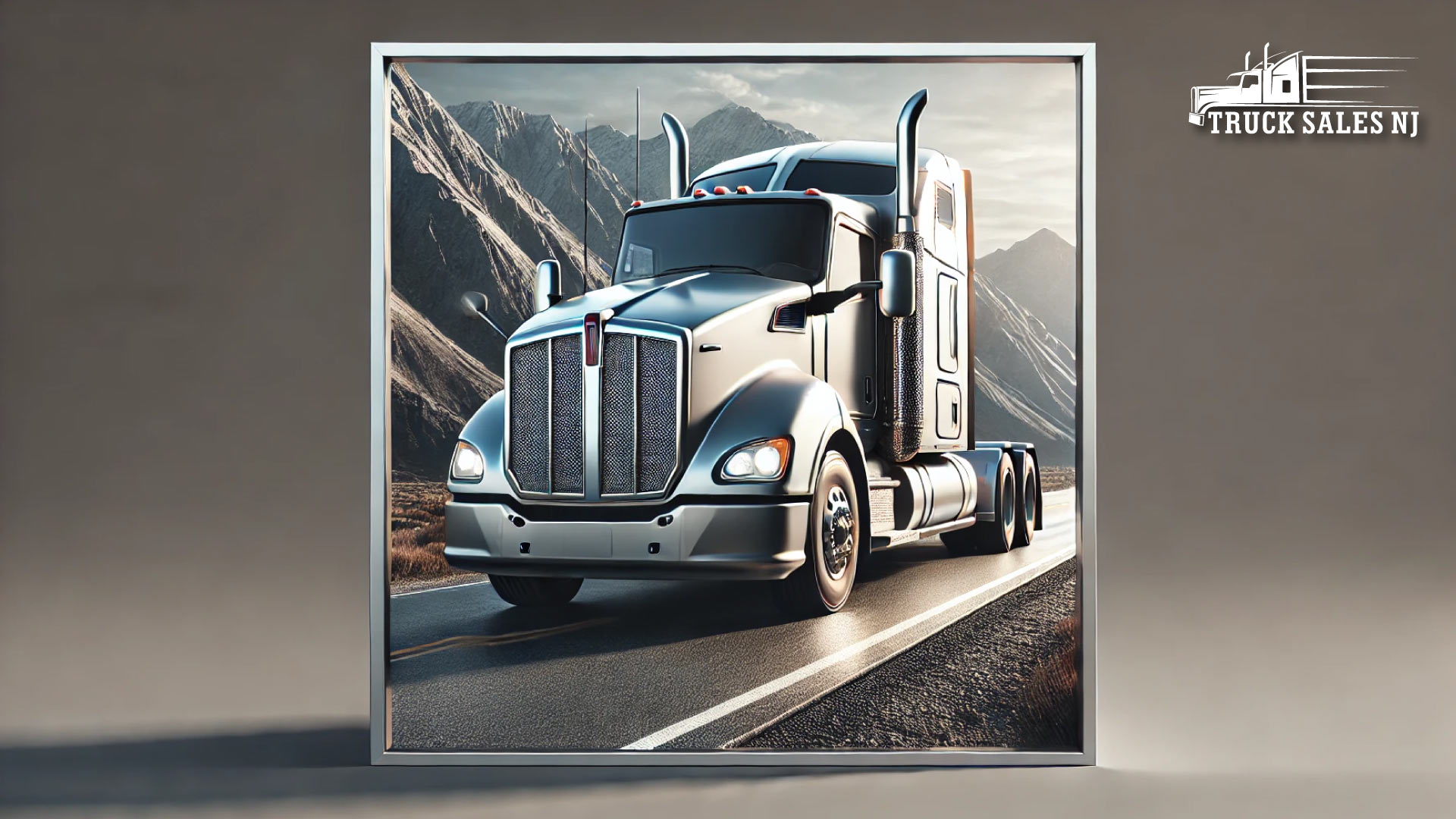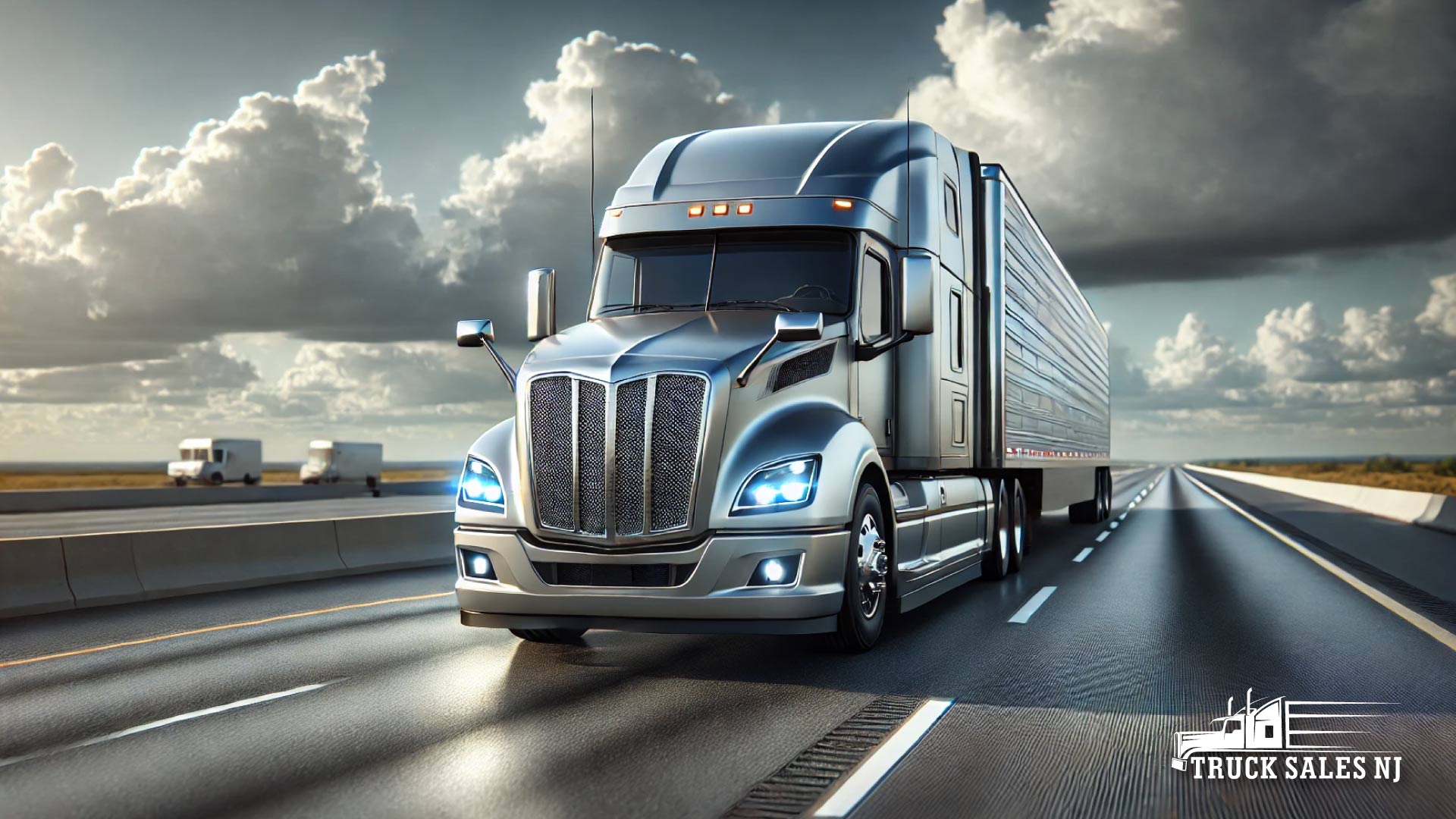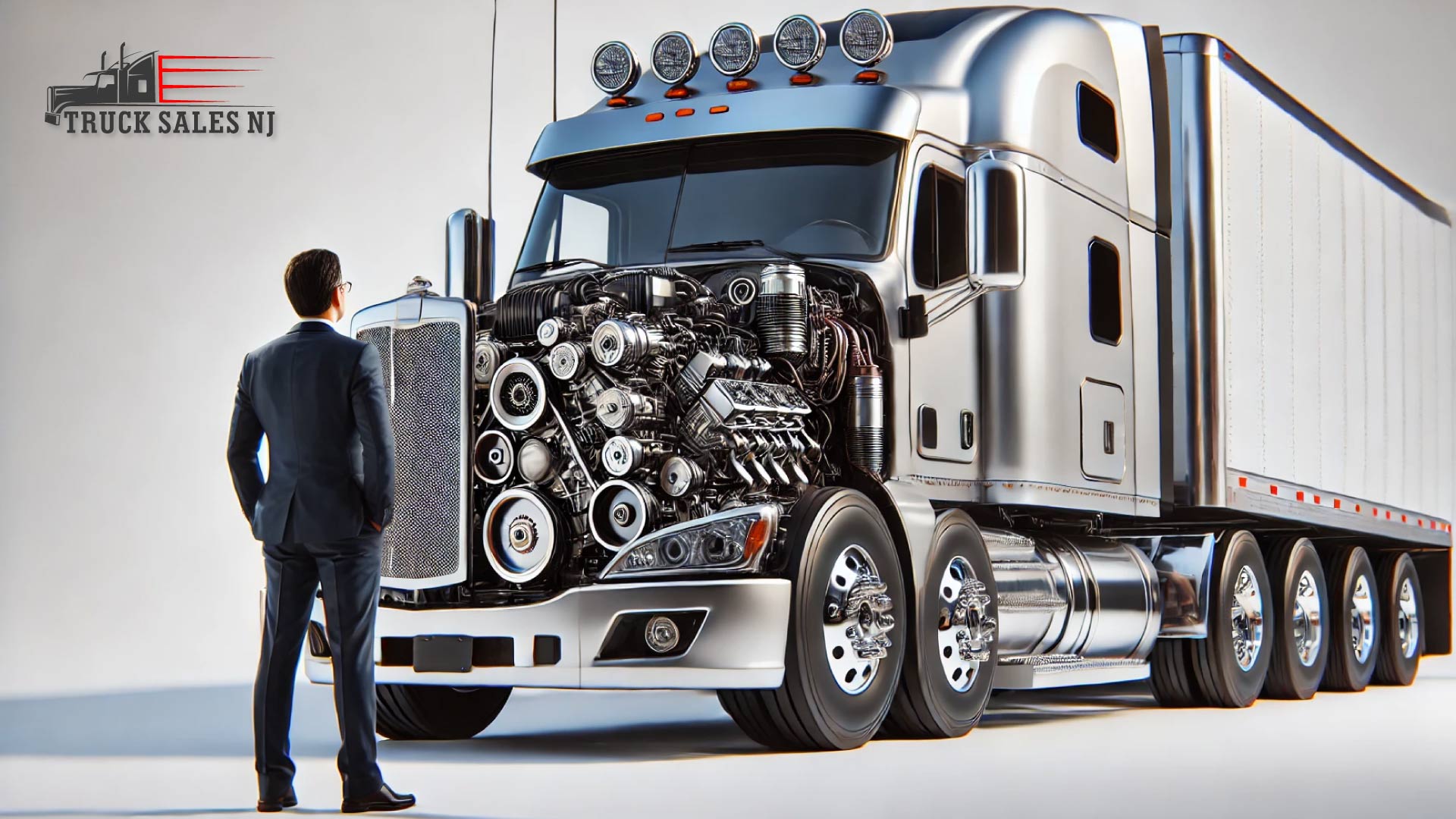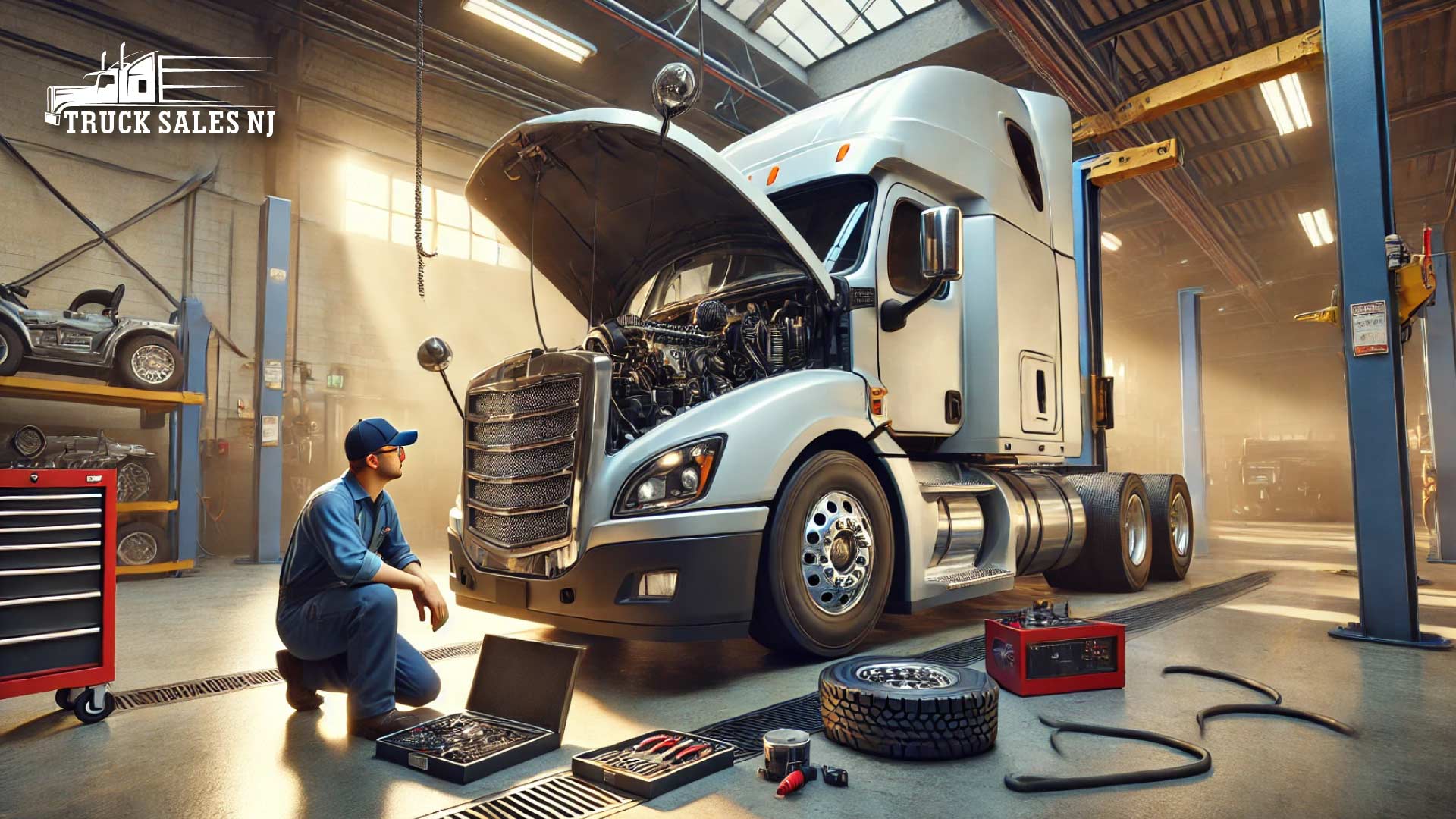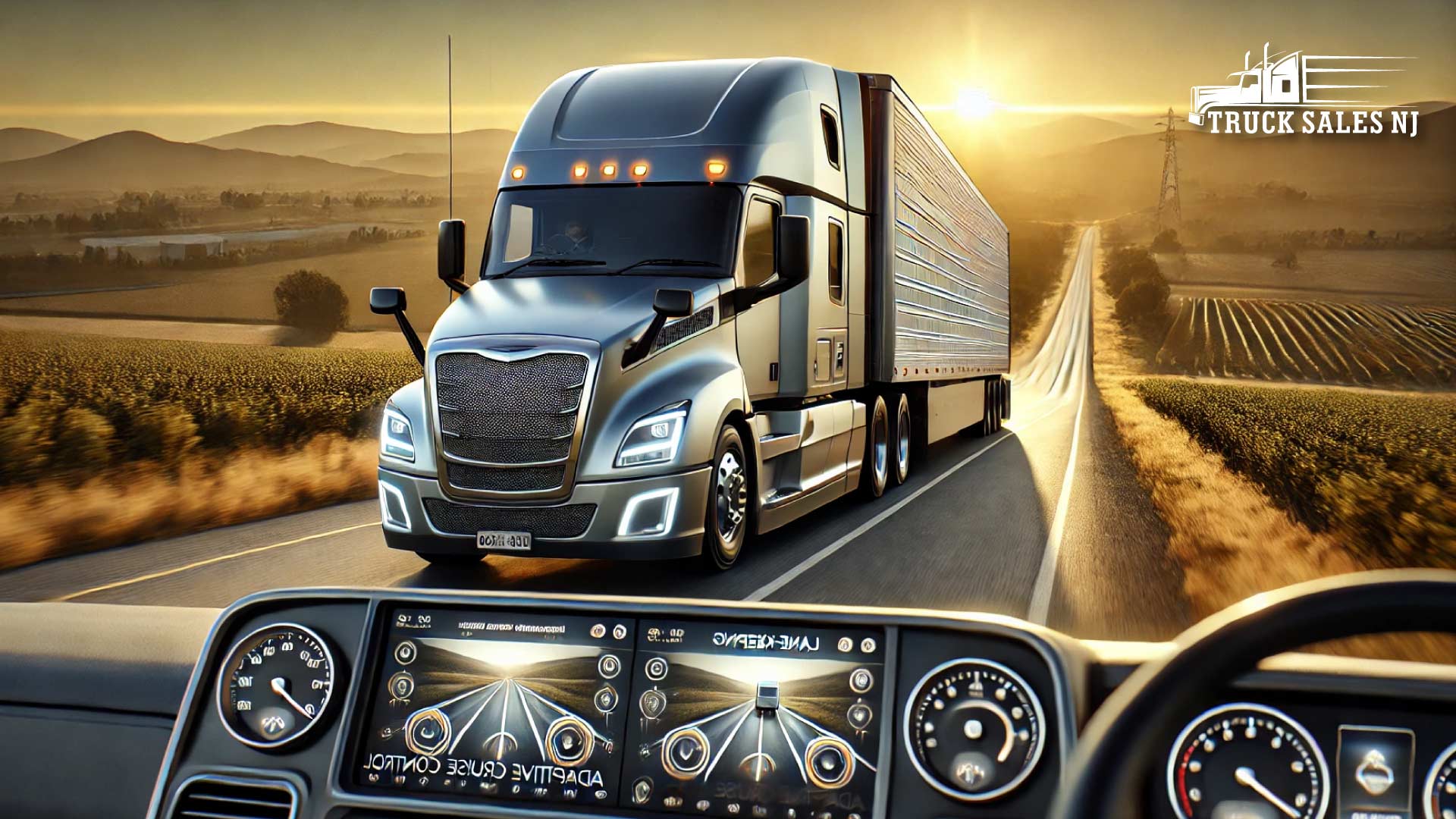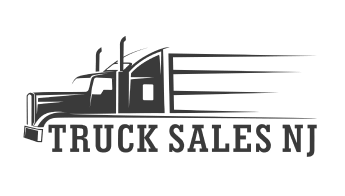Choosing the right truck for your business is a decision that goes beyond aesthetics; it’s a strategic investment in the efficiency and success of your operations. With a myriad of options available, the task may seem daunting, but fear not. In this step-by-step guide, we’ll walk you through the essential considerations to help you make an informed decision on the perfect truck for your unique business needs.
1. Define Your Business Requirements:
Start by clearly defining your business requirements. Consider the nature of your operations, the type of cargo you’ll be transporting, and any specific features needed for your industry. Understanding your core requirements lays the foundation for a targeted search.
2. Determine Payload and Towing Capacity:
Payload capacity and towing capabilities are critical factors. Evaluate the maximum weight your truck needs to carry and tow regularly. This ensures you select a truck that not only meets your current needs but also accommodates potential growth in your business.
3. Consider Fuel Efficiency:
Fuel costs contribute significantly to the total cost of ownership. Assess the fuel efficiency of different truck models to find a balance between power and economy. Opting for fuel-efficient trucks can lead to substantial savings over the lifespan of your vehicle.
4. Explore Body Styles and Configurations:
Trucks come in various body styles and configurations, each catering to specific business needs. Choose between flatbeds, box trucks, pickups, and more, depending on the nature of your cargo and how you plan to use the truck.
5. Evaluate Size and Maneuverability:
Consider the size of the truck in relation to your operational environment. If your business requires navigating urban areas with tight spaces, a more maneuverable and compact truck might be preferable. However, if long-haul transportation is your focus, a larger truck with ample storage may be necessary.
6. Analyze Transmission Options:
Different trucks come with various transmission options, including manual and automatic. Consider the driving conditions your truck will face and the preferences of your drivers when choosing the transmission type that best suits your business requirements.
7. Factor in Maintenance and Repair Costs:
Research the maintenance and repair costs associated with different truck models. Some trucks may have higher upfront costs but lower maintenance expenses, contributing to long-term savings. Factor these costs into your decision-making process.
8. Examine Safety Features:
Prioritize the safety of your drivers and cargo. Look for trucks equipped with advanced safety features such as anti-lock brakes, airbags, stability control, and collision avoidance systems. A commitment to safety not only protects your assets but also fosters a positive working environment.
9. Consider Resale Value:
Anticipate the future by considering the resale value of the truck. Opt for models with a reputation for retaining value over time. A higher resale value can provide additional funds for future upgrades or replacements.
10. Test Drive and Seek Professional Advice:
Before finalizing your decision, schedule test drives of the shortlisted trucks. Experiencing the handling, comfort, and performance firsthand is invaluable. Additionally, seek advice from industry professionals, truck dealerships, and fleet management experts to gain insights into the long-term implications of your choice.
Choosing the right truck for your business is a multifaceted decision that requires careful consideration of various factors. By following this step-by-step guide and conducting thorough research, you’ll be equipped to make a well-informed decision that aligns with your business goals and sets the stage for a successful and efficient fleet operation. Remember, the right truck isn’t just a vehicle; it’s a strategic partner in the growth and prosperity of your business.

